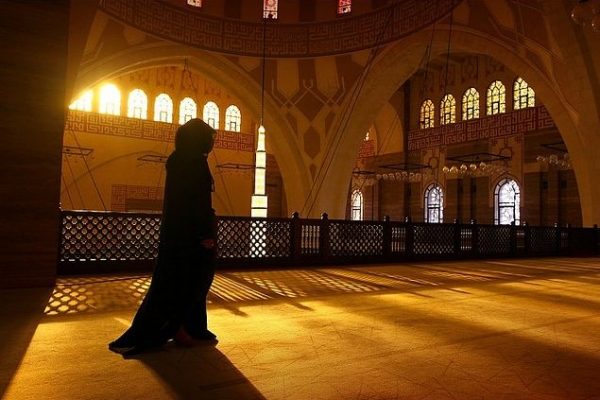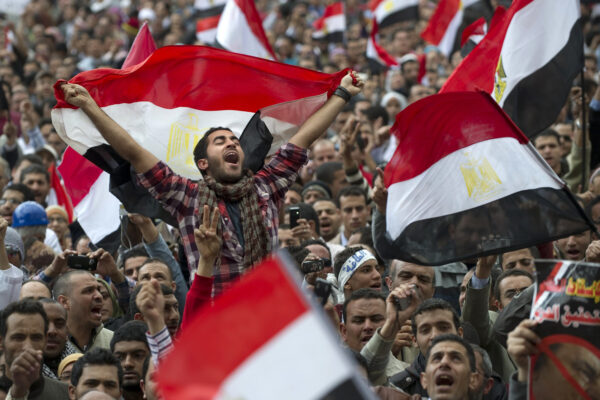Is Western media exploiting Mahsa Amini’s death for a geopolitical purpose?
Is Western media exploiting Mahsa Amini’s death for a geopolitical purpose?
22-year-old Kurdish woman Masha Jina Amini died after being arrested and beaten by Iran’s morality police for not wearing a Hijab correctly. After her death, mass protests broke out on Iran’s streets, leading to a rising number of anti-government demonstrators being killed.
Iran’s police claim Mahsa died of a heart attack, her father accuses authorities of lying.
On 13 September, Mahsa Jina Amini was arrested for “wearing inappropriate clothes” by Iran’s morality police, a unit responsible for enforcing the strict dress code in the Islamic Republic of Iran. While on vacation in Tehran with her family, she was violently attacked and arrested by the police. She fell into a coma shortly after her arrest and succumbed to her injuries on 16 September in hospital. She was buried in her hometown of Saqqez in Kurdistan province a day following her death.
On the sidelines of the UN General Assembly in New York, Iranian President Ebrahim Raisi told reporters, “Rest assured, an investigation will certainly be opened.” He added that the medical examiner’s statement had no reports of abuse by the police. However, activists claim she was abused in detention and possibly injured in the head. The incident then triggered a deep stir and led to violent protests.
On the other hand, Amjad Amini, Mahsa Jina’s father, accuses Iranian authorities of lying about her death. According to the Iranian authorities, the young woman had “suddenly suffered from a heart problem and was immediately transported to the hospital”, where she remained for three days in a coma before passing.
Nonetheless, Mahsa’s father told the Iranian Emtedad News that she never had a heart problem and was “in perfect health”. He added, “She never had any medical conditions. She never had surgery.”
Amjad Amini told the Persian BBC on Wednesday that the authorities prevented him from seeing his daughter’s body: “I wanted to see my daughter, but they wouldn’t let me in,” he said. The doctor did not let him see her autopsy report either and told him, “I will write whatever I want, and it has nothing to do with you.”
The bereaved father could finally see Mahsa Jina’s body before her funeral. Her daughter was shrouded, but he could see her feet and face. This is how he noticed bruises on the feet of his daughter, who appeared to have been beaten.
Meanwhile, the newspaper Iran International published the images of the scan of the young woman’s skull on Monday. These revealed a bone fracture, haemorrhage and cerebral oedema.
Also, Iran International received numerous images and medical documents from a group of hackers that revealed a fractured skull allegedly caused by severe head trauma, proving that Mahsa Jina Amini was hit multiple times in the head.
This news supports a source’s statement from the hospital where the young woman died who told the Iranian newspaper that Amini’s brain tissue was crushed after “multiple blows” to her head. They added that the young woman would have arrived brain dead at the hospital and “could not be revived” as her lungs were filled with blood.
On Wednesday, authorities blocked access to Instagram and WhatsApp, the two most used apps in Iran, since the blocking of platforms like Youtube, Facebook, Telegram, Twitter and Tiktok in recent years. In addition, Internet access has been filtered or restricted by the authorities.
Latest Iran’s Civil unrest: A Breeding Ground or Western Imperialism?
The death of 22-year-old Mahsa Jina Amini has drawn strong condemnation worldwide, while international NGOs have denounced a “brutal” crackdown on protests. In southern Iran, videos from Wednesday show protesters burning a huge portrait of General Qassem Soleimani, killed by a US strike in Iraq in January 2020.
At the UN podium on Wednesday, the President of the United States, Joe Biden, said he was in solidarity with the “courageous women of Iran”. Moreover, Washington announced economic sanctions on Thursday.
These sanctions target “Iran’s morality police and senior Iranian security officials responsible for this oppression” and “demonstrate the Biden-Harris administration’s clear commitment to defending human rights and women’s rights, in Iran and around the world,” US Treasury Secretary Janet Yellen said in a statement.
According to the official Irna agency, demonstrators across the country burned police vehicles and chanted anti-government slogans. The police responded with tear gas and conducted numerous arrests.
Despite unanimous support for women in Iran, following Mahsa’s death, the Iranian population is yet divided. Critics claim western media relayed Amini’s story as another case of institutional misogyny in Iran. It is argued that the anti-Iran government media coverage by the West over the incident is being exploited for geopolitical purposes.
Indeed, 15-year-old girl Zainab Essam al-Khazali was shot dead by the US military near camp Bucca in Baghdad, Iraq, on 20 September, which was not reported in the West. The western mainstream media outlets are then accused of not showing the same sensibility towards crimes committed by the US and its allies. Also, western media appears to push forward the white saviour syndrome regarding women’s rights in the Middle East.
The women’s movement in Iran dates back to the beginning of the 20th century but faltered due to repression. At one time, even under the Islamic regime, women could celebrate International Women’s Day on 8 March. Today, it is no longer possible or even recognised. Instead, it is seen as a western concern.
Thus, today’s civil unrest may be unprecedented as Iranian women are at the forefront of the protest scene, which was not the case before. Another novelty is that many young men are increasingly supporting women who are demonstrating for their rights.
The current economic context may also explain the rise of anti-government demonstrations in Iran. Indeed, the official poverty rate is around 46%, but experts believe it is higher.
Today, Iran’s regime is destabilised and weakened by the reversal of nuclear power, but the war in Ukraine has also aggravated the situation. Iranians have moved closer to the Russians and the Chinese, which the US and its allies do not appreciate.
As a result of rising anti-government protests, many pro-regime Iranians also marched to denounce the massive western coverage of Amini’s death, seeing it as a means to pursue an imperialist agenda by western countries such as the United States.





